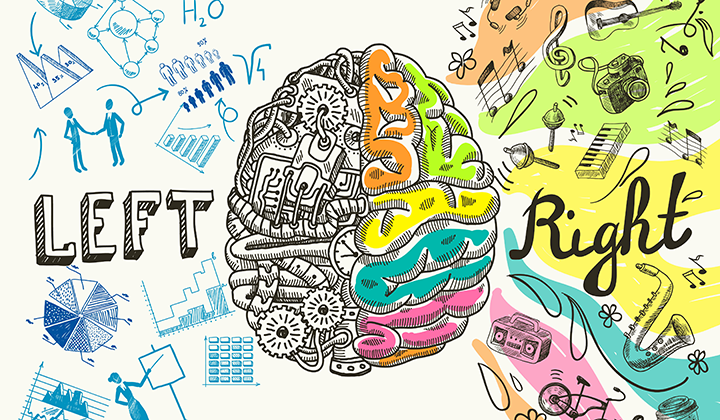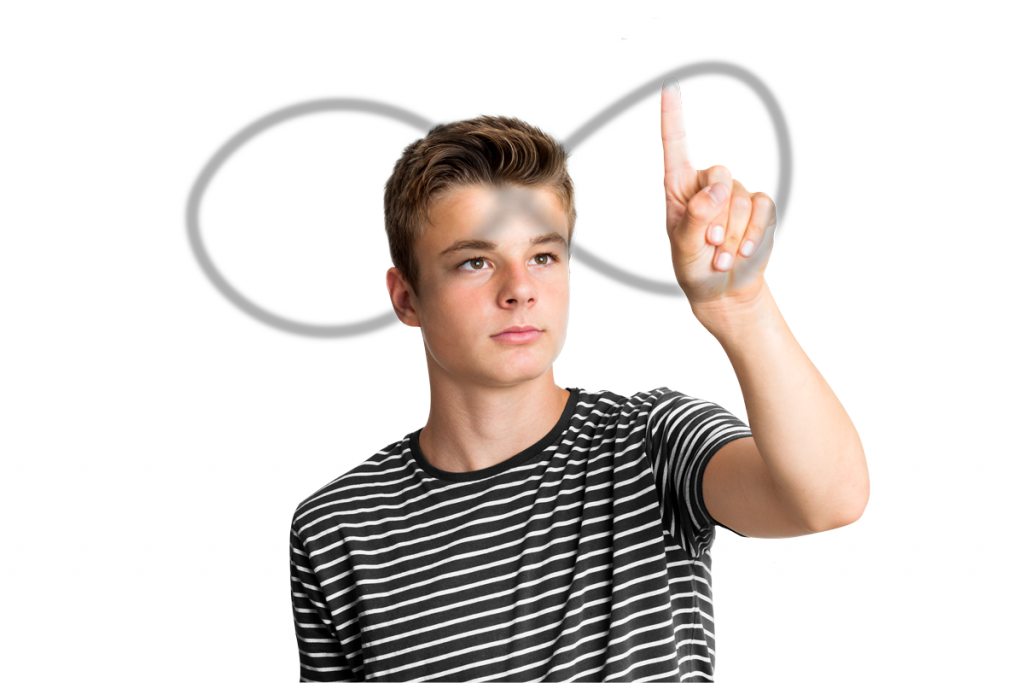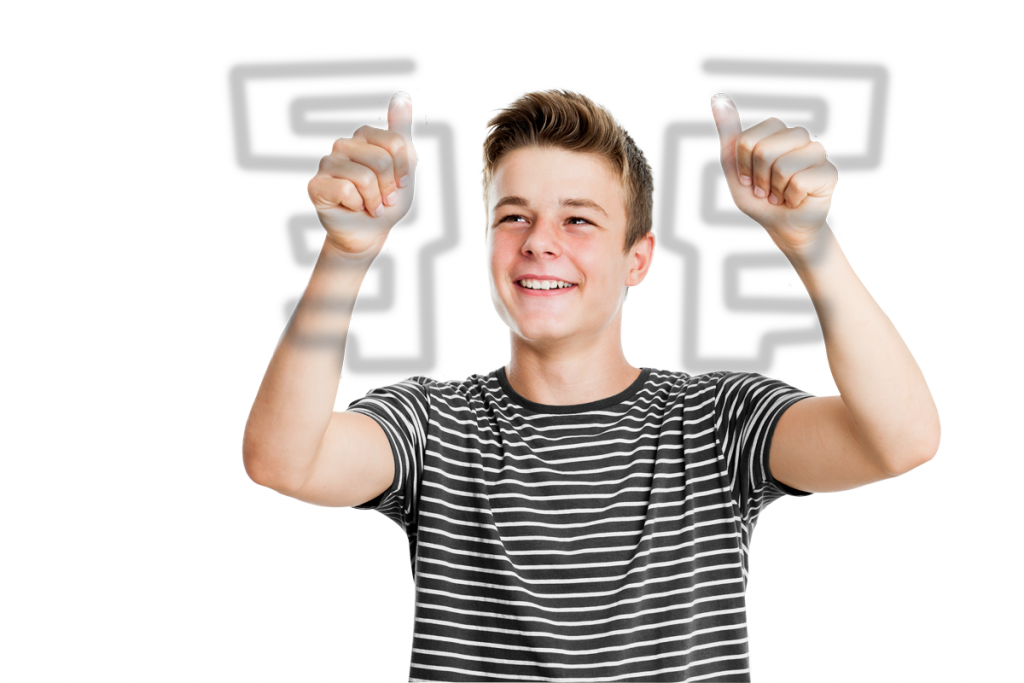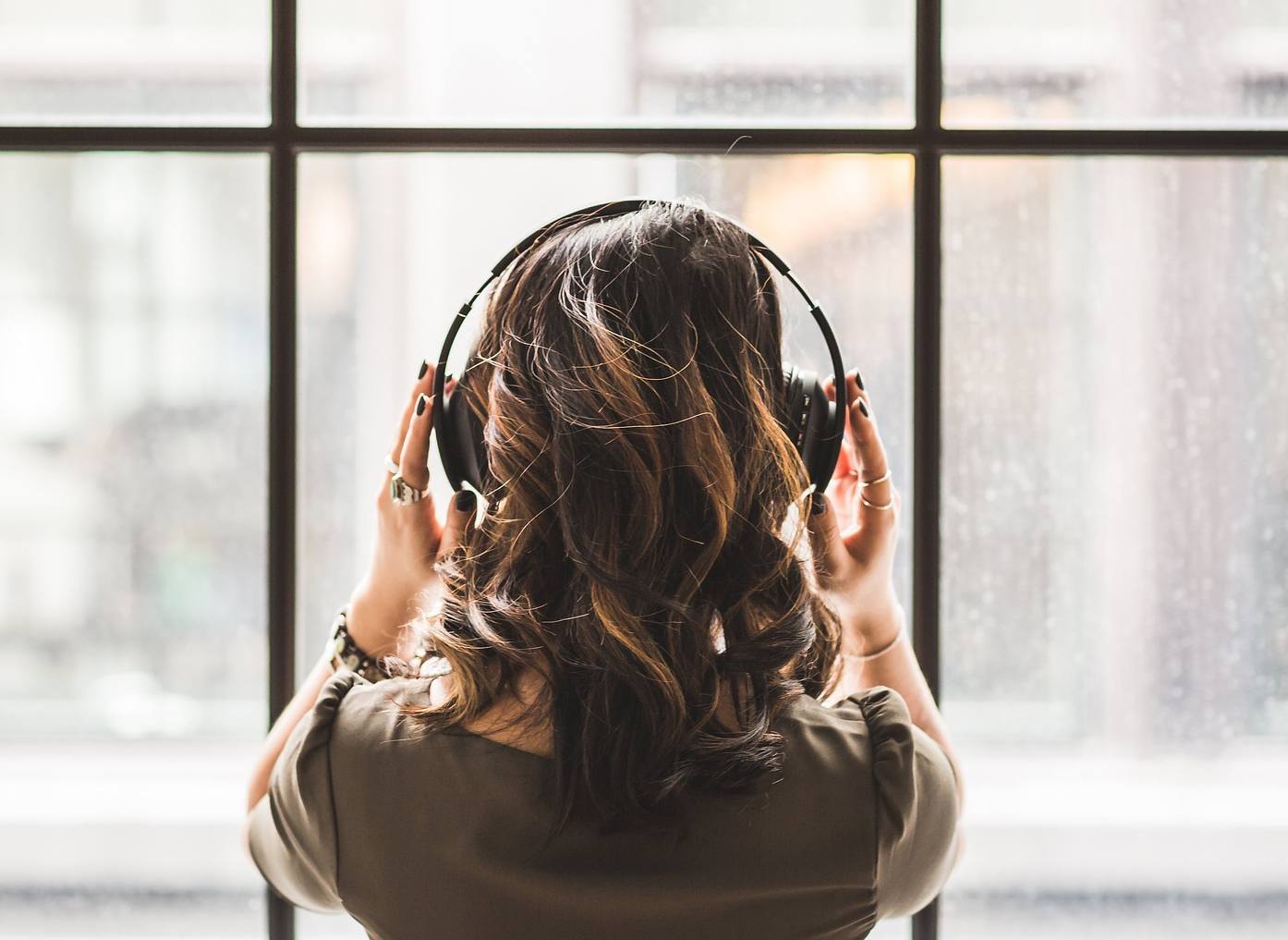Brain Gym – simple exercises for better learning
Latest Posts • September 8, 2015

Is there such a thing as enjoyable learning? We often believe yes, but only sometimes and only for some people.
But shouldn’t learning be always learning fun and easy? After all, it’s a process we take to naturally. Observe any infant or toddler and you will be amazed at how quickly and effortlessly they can absorb so much.
When we get a little older, we can start to forget the joy inherent in learning something new. So if learning doesn’t feel as effortless for you — maybe it’s time to rediscover the joyride (especially since it’s a process that continues throughout life!).
“Educational Kinesiology” (or Brain Gym) might be one way to jumpstart your innate curiosity and your natural tendency to learn.
The word ‘kinesiology’ means movement and educational kinesiology simply means “learning through movement.”
Brain Gym was created in the 1980’s by Dr. Paul Dennison. Dennsion worked as a public school teacher and reading specialist until he discovered a trend — when children or adults are under stress, certain parts of their brains become less active.
He calls this experience being ‘switched off’, and created Brain Gym exercises to switch the brain back on and get it working in an integrated way again.
On the premise that learning isn’t an isolated brain function, and that our bodies are as much a part of the learning process as the brain, he concludes, “movement [is] the door to learning”.
Brain Gym is a set of 26 simple, powerful activities designed to make it easier for people to relax, focus, practice attentiveness to their surroundings, and control impulses while strengthening the neural connections throughout the entire brain.
Some exercises are for centering, some are for focusing, and some are to correct laterality (right/left) problems. They include crawling, drawing, tracing symbols in the air, yawning and breathing. They’re all activities and movements that help coordinate the right and left sides of the brain, so the two sides can work together in a balanced way.
Dennison understood that when the right and left sides of the brain and body aren’t coordinated, people might suffer from learning difficulties, poor concentration, dyslexia and ADHD.
Brain Gym is helpful to improve coordination and release learning and energy blockages. By doing these movements, and holding or rubbing specific points of the body (the so-called ‘energy points’), you’ll get your energy flowing again – and blockages and tension in the body as well as in the mind will disappear as stress is reduced.
This all leads to easier and more pleasurable learning.
According to the Brain Gym website, Brain Gym exercises recall the movements naturally done during the first years of life when learning to coordinate the eyes, ears, hands and whole body. They help children, adults and seniors to improve:
Concentration und Focus
Memory
Academics: reading, writing, math, test taking
Physical coordination
Relationships
Self-responsibility
Organization skills
Attitude
So the next time you feel ‘switched off’, take a minute or two and visit the ‘Brain Gym’ Brain Gym can help everyone get more out of their brain — and out of their life.
Here are two exercises for you to try right away:
Lazy eights

Extend one arm straight out in front of you, with the thumb pointing toward the ceiling. In the air, smoothly and slowly trace the shape of a large figure 8 on its side.
As you draw the 8, focus your eyes on your thumb. Start tracing your 8 by beginning at the centre; move your arm up and over to the left, around and back to centre, then to the right.
Do three full 8s with one hand, then three with the other and finally three with both hands clasped together.
Effect: This integrates both sides of the brain and improves vision and hearing. Lazy eights improves reading skills.
Double Doodle

Stand or sit in front of a piece of paper. Holding a pen or marker in each hand, place the tips side by side at the center of the paper. Begin drawing with both markers at the same time, creating a symmetrical, mirror image.
Effect: Simultaneous, bilateral use of both hands promotes creativity and integrates information from proprioception. Promotes hand-eye coordination and improves writing kills.




I appreciate you sharing this article post.Really thank you! Awesome.
Generally I don’t learn post on blogs, however I wish to say that thiswrite-up very pressured me to check out and doso! Your writing taste has been surprised me.Thanks, quite nice post.